
I thought, hey, it’s been a long time since I blogged about books. Maybe I’ll do one post on all the books since I last reviewed one. Hey, maybe I can do one on summer books! The upshot of this, minus my internal back and forth, is that I haven’t reviewed a book since the last of May, which seemed like a coincidence until I realized, 1. Summer and kids home and b. new part time job at comic store. So for the purposes of this post, summer counts as June 1 to Labor Day Monday, which is today. Because I said so.
Graphic novels
SuperMutant Magic Academy by Jillian Tamaki. A collection of the online webcomic by the artist of This One Summer. Weird, but compelling.
Nimona by Noelle Stevenson. My 9 and 11you boys and I LOVED this book. A girl warrior wants to be the sidekick to a villain. But the villain isn’t so villainous, the hero isn’t so heroic, and Nimona isn’t what she seems. So good.
ODY-C v. 1 by Matt Fraction. A gender-bent space opera re-telling of Homer’s Odyssey. Bat$hit crazy, beautiful to look at, and boggling to experience.
Ms. Marvel v. 3 Crushed. I love Ms. Marvel, the awkward teen superhero, and so do my boys.
Unwritten v. 11 Apocalypse. I was worried this series would have a vague ending. Hooray! They stuck the landing! A great end to a great series, perfect for lit nerds.
The last clump of graphic novels I read in May I didn’t love. June’s batch knocked it out of the park. Loved ‘em all.
Kids and Young Adult Books
Simon vs. the Homo Sapiens Agenda by Becky Albertalli. A terrific love story, about a teen who just happens to be gay.
Charmed Life by Diana Wynne Jones. My boys had balked at reading this first book in the Chrestomanci series, so I read it aloud. They LOVED it and toward the end we had to read in huge chunks as they didn’t want to stop. Diana’s books are classic, and great for fans of Harry Potter, as her books were an influence on Rowling.
Locomotion by Jacqueline Woodson. Recommended to me by my 11yo son. A novel in free-verse poems about Lonnie, a foster kid separated from his sister. Lovely and moving. I followed it with
Peace, Locomotion by Jacqueline Woodson, which neither my son nor I loved as much–it was letters, not free verse poems.
Story of a Girl by Sara Zarr. I read it because young adult authors Carrie Mesrobian and Chrisa Desir did a close read of an amazing long passage in it.
Brown Girl Dreaming by Jacqueline Woodson. This book is flat-out amazing. An artist autobiography in free-verse poetry of Woodson’s life, which started in Columbus, Ohio, then moved to South Carolina, then New York City.
Crossover by Kwame Alexander. A novel in free verse about a teen boy who plays basketball, fights with his twin brother, and struggles with his parents and their rules. I didn’t love it as much as Brown Girl Dreaming, but it probably would have more appeal to boys.
To Kill a Mockingbird by Harper Lee. Some would argue this is an “adult” book, but on this reading, it struck me that the heroes and villains are very clear cut–there aren’t many ambiguities to this book. Racism is far more complicated than this book implies. But it is as moving, as silly and sad, as ever.
Guy in Real Life by Steve Brezenoff. Out drinking one night, teenage Lesh literally runs into a mystery girl. Grounded by his parents, he starts playing line role-playing games, and tries to strike up a friendship at school with the girl. I have no interest in D & D type games yet I fell hard for this book. The characters are great, and there is a twist toward the end that I didn’t see coming but made perfect sense, and made me see many things in new ways. A great book to give kids about the hazards of internet life.
Memoirs
Remember when I used to read primarily fiction? I’ve become a memoir junkie.
Tailings by Kaethe Schweyn. I was lucky enough to hear the author read part of this aloud at a local event. It’s about her year at a religious community during and after a painful breakup, and about how she puts herself back together. There is nature, religion, and coming of age all intertwined in beautiful writing.
Baghdad Express by Joel Turnipseed. I didn’t know I knew the author of this book, but when I figured out I did, I finally read this memoir of the early Gulf War from the perspective of a young Marine and philosophy student. With meditations on time and growing up, it’s not what you’d expect from a Marine’s memoir.
Blackout: Remembering the Things I Drank to Forget by Sarah Hepola. Hepola, an editor at Salon.com, was a blackout drinker for decades before getting help. She is extraordinarily honest, sometimes funny, often tragic, in telling her story.
H is for Hawk by Helen MacDonald. In the aftermath of her father’s death, a woman gets and trains a wild bird. This book is filled with astonishingly beautiful prose, as well as nature and history. I was enraptured.
Other Non-Fiction
Although of Course You End up Becoming Yourself by David Lipsky. The transcript of the interview over days that Lipsky did with David Foster Wallace at the end of his book tour for Infinite Jest in 1996. It’s the basis for the film The End of the Tour, which I found pretty good, though not great. Lipsky is significantly absent in the narrative, and I’m not sure who OK’d putting the afterword BEFORE the book, but whoever did should be given a smack to the head. But it was a joy reading great gouts of DFW and trying to puzzle him out.
Missoula by Jon Krakauer. A harrowing investigation into a series of rapes and accusations in a college town in Montana.
Between the World and Me by Ta-Nehisi Coates. This could also have gone under memoir, as it’s written as a letter to his teenage son, but since it’s about race and the world today in all it’s messiness, I think it goes way beyond memoir. It’s not a long book, but a deep one. Everyone should read it.
Being Mortal by Atul Gawande. I recommended this to my parents before I read it, then they read it and kept bugging me to read it. A searching and moving look into the process of dying in the US, which does not devolve into a simplistic “should” narrative, to its immense credit.
FICTION AND POETRY
The Girl on the Train. I raced through it and it started strong but finished weak, I thought. A great premise, about a woman who is blackout drunk witnesses a crime. But since in blackout, she can’t make long term memories, she can’t simply remember. But then, she does. Sorry, but this book’s ending really annoyed me.
Blasphemy by Sherman Alexie. For my book group, a lifetime collection of the native-American author. I’m glad I finally got around to reading him, as his voice and views are distinct and powerful.
Meadowlands, poems by Louise Gluck. This was a companion read to Homer’s Odyssey and Margaret Atwood’s Penelopiad, but came to me via Tailings by Kaethe Schweyn. A series of poems about the breakup of a relationship, as well as poems written from the perspective of Penelope in The Odyssey.
Ruby’s Misadventures in Reality by Samantha Bohrman. A silly, fun murder mystery and romance. It made me laugh aloud many times.
The Coincidence of Coconut Cake by Amy E. Reichert. A fast fun romance about a young chef who falls for a food critic who panned her restaurant, which kills her dream. It’s set in Milwaukee and full of delicious food and local details. I now owe my younger son a coconut cake, as he was as mesmerized by the cover cake as I was.
Dear Committee Members by Julie Schumacher. If you have been in academia, you should read this book, a novel in letters, but specifically recommendation letters. At first it’s funny, but then it gets oh-so-sad, but this is an utter gem of a novel.
And that’s it for my summer reading. It was a blast and I loved so many of these books. Only one–The Girl on the Train–was truly disappointing. I finished 28 books (many of which were fast reads like graphic novels, kid books and romances, but still–lots!) How do I do it, many friends ask? My kids are older now–9 and 12 and able to take care of themselves. Also, my house is a mess and I do laundry infrequently and I do not have a full time office job.
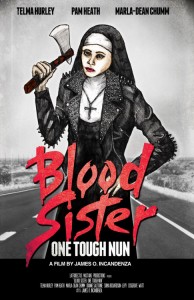
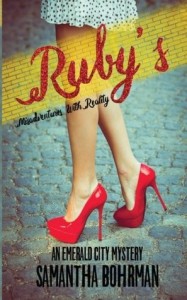
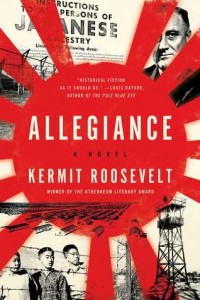
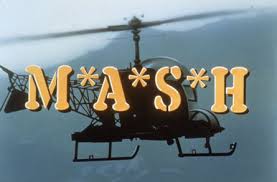
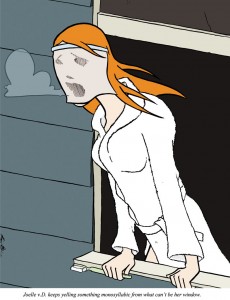
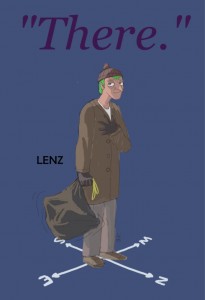 Image info
Image info